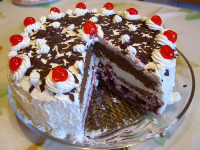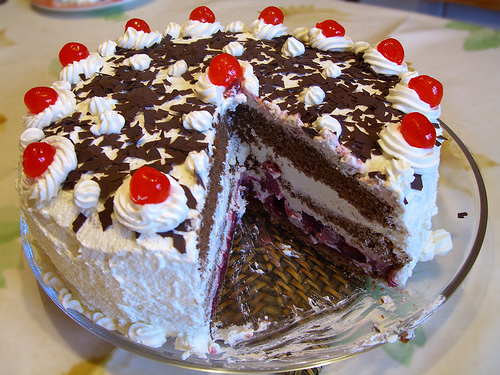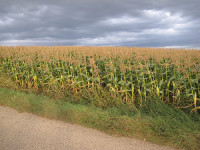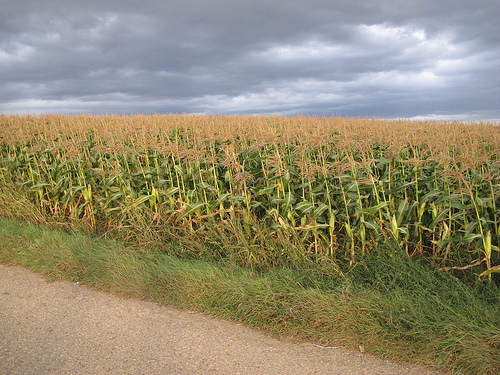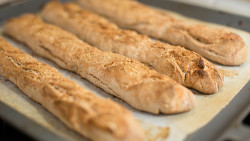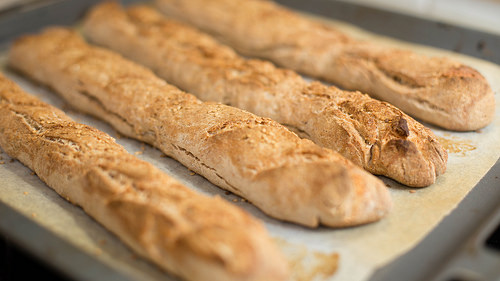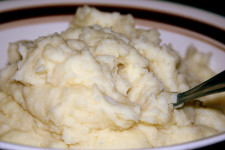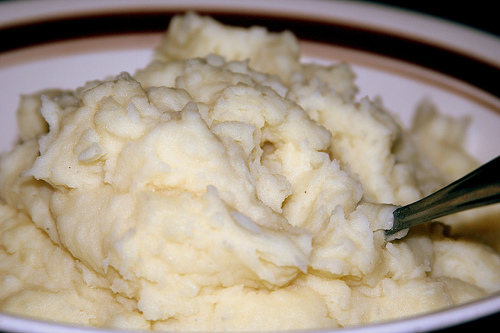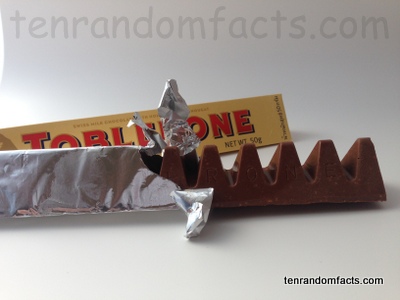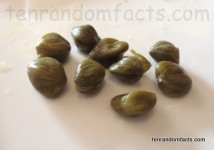
Feeling lively? Try a caper!
- A caper is a small, edible bud of the flower that grows on the bush of the same name, native to the Mediterranean area and some parts of Asia.
- The scientific name of the caper bearing plant is Capparis spinosa and it is from the family Capparaceae, the family of capers, which is considered to be closely related to the mustard family of Brassicaceae.
- Capers are roughly oval in shape and are an olive-green colour, and the leaves and berries of the plant are also edible.
- Capers are sold commercially and are generally categorised in sizes from 7 to 14 millimeters (0.28 to 0.55 of an inch), with different names for each size – the smallest being ‘nonpareil’ and the largest being ‘grusa’, though the smaller ones are more sought after.
- Capers are commonly dried and salted, and often pickled in vinegar or brine, to enhance the flavour before consuming as is, or lightly cooked.
- Foods that may include capers as an ingredient include tartare sauce and other condiments, salads, pasta dishes, and meat dishes including fish.
- The flavour of capers tends to be a blend of vinegar or other pickling solution if any, salt, and a flowery mustard or peppery taste.
- Due to their fragile nature, capers are unable to be collected using machinery and thus must be picked by hand.
- The cultivation of caper buds as food originates as early as 2000 BC, and their use has become more widespread throughout the centuries.
- Capers are extremely high in sodium and a good source of vitamin K and copper, and they have many other vitamins and minerals.




